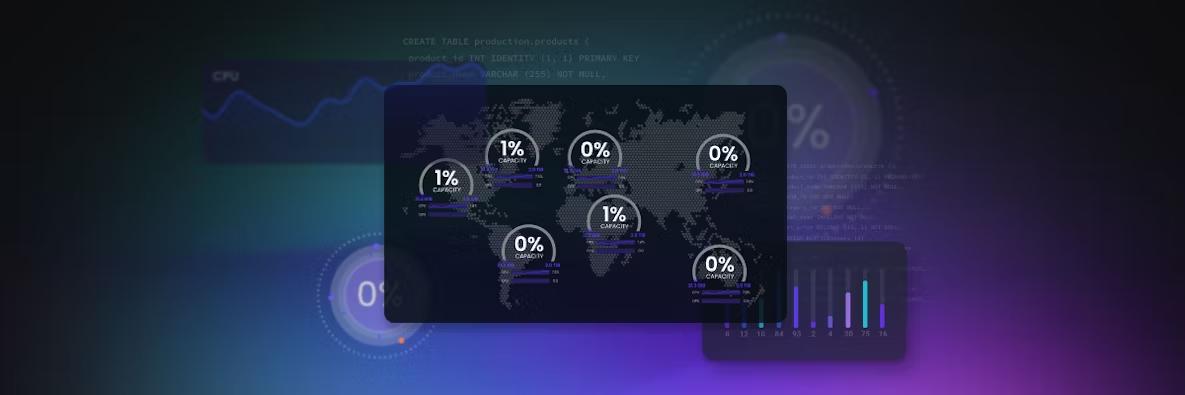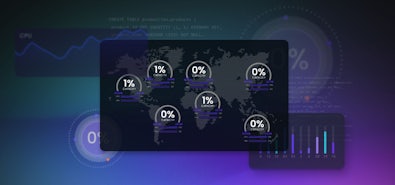
O'Reilly Distributed SQL Report
What kinds of companies benefit from using distributed SQL databases for transactional workloads?
Download NowThe creation of a truly new category within tech is a rare moment.
The emergence of a significant new category that will transform the tech landscape is the result of clear vision and underlying shifts in the market. Given that innovation is a constant in tech, however, how do we identify when an emerging technology will have genuine long-term impact? How do we know there is a truly new “category”?
There are three characteristics of any emerging category:
- Adoption and momentum: There is a building group of companies and individuals receiving and creating new value from the “new” approach.
- A collection of interests: There is an emerging set of best practices and general curiosity from individuals and companies around the new tech
- Market recognition: People spend money on it, and those that analyze industries start to track and study the new technology.
Distributed SQL is a new database category
Over the past few years we have seen the emergence of a verifiably new and significant category of database: Distributed SQL.
First, thousands of organizations are seeing the value of this new type of database. Second, there is a growing set of companies delivering Distributed SQL solutions. We are proud to be a part of this group. Finally, industry analysts have recognized the emergence of the category. Last spring, 451 drafted this report on the rise of Distributed SQL; in December, Gartner recognized it as a segment in their magic quadrant for Cloud Database Managed Systems.
These converging factors are the result of two big shifts in the market. First, the cloud has become the default method for how we consume our tools and technologies for most new workloads. Second, this new environment creates new challenges for both our data and our apps as “distributed” becomes the new norm. As a result, we are witnessing a genuine paradigm shift in Distributed SQL.
A definition for Distributed SQL
Last year we attempted to define Distributed SQL as a category in a blog post, laying out a few requirements of what solutions must deliver in order to be considered a truly distributed database.
It was a decent start, but as we progress we have learned a LOT from our customers and the community. There was a need for a more complete definition.
Then, as we were working with O’Reilly to produce a definitive guide for CockroachDB (coming soon!), we realized there was actually room for another book…A companion publication that could help define and explain this new Distributed SQL category as a whole, as general as possible and applicable to the entire category as it emerges.
So, we worked with the team to write a report that broadly explores Distributed SQL as a category. It was published today.
Free O’Reilly book
We invite you to explore our findings! Download** What is Distributed SQL?: Scale, Resilience & Data Locality for Modern Applications** for free.
After that, please join us on our community Slack channel to share your thoughts.


